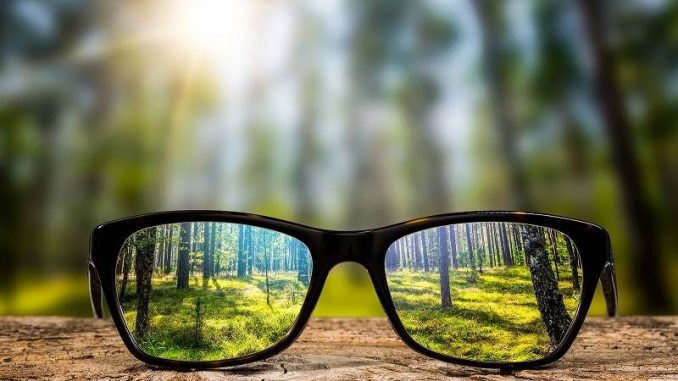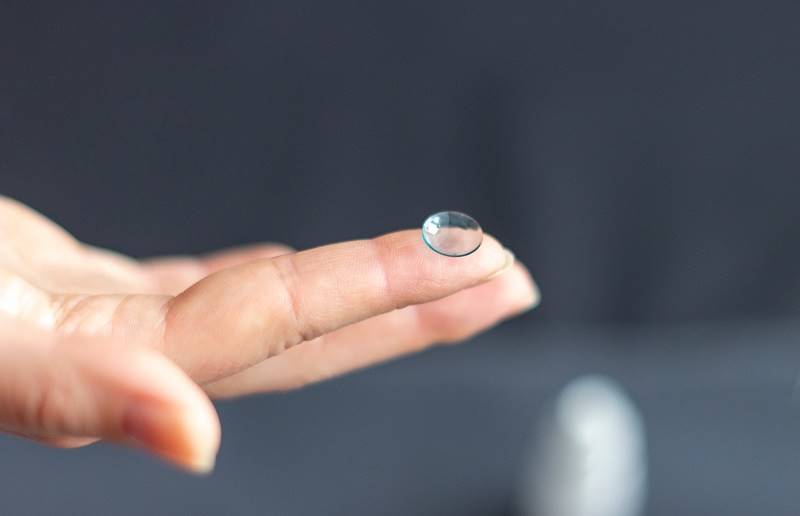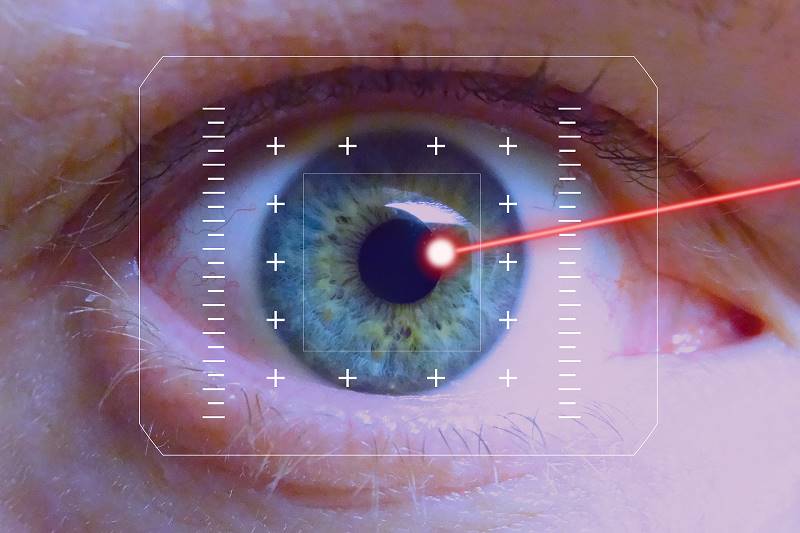
Shortsightedness is commonly known as nearsightedness or Myopia. This is one of the most common causes of impaired vision for people under the age of 40. The prevalence of this disease is growing at an alarming rate in recent years causing the researchers and scientists keep more engaged in finding ways to shortsightedness correction.
Symptoms of Shortsightedness:
The shortsighted people will find trouble in reading road signs and make a clear view of the objects coming from the distance.
Other signs for shortsightedness include:
- Squinting often
- Eye Strain
- Constant headache
- Fatigue feeling while driving or playing
You should immediately conclude to the scheduling of an appointment with optometrist for an effective shortsightedness correction.

Causes of Shortsightedness:
- The main reason of shortsightedness is an excessive lengthening of eyeball in relation to the focusing power of the cornea and lens of the eye. This leads the light rays to focus at a point in front of the retina in place of reflecting directly on the surface.
- Shortsightedness is again seen to happen when the cornea and/or lens become exceedingly curved with respect to the length of the eyeball. However, there are cases when this occurs due to a combination of the factors mentioned above.
- The disease of shortsightedness is mostly begun in childhood. The risk is more when any one or both of the parents are suffering from the disease. Researchers have revealed the fact that shortsightedness stabilizes in early adulthood. There are cases too when it is seen to continue the progress with development of age too.
Treatments:
Shortsightedness correction can never be possible with eyeglasses, contact lenses or refractive surgery. However, depending on the degree of severity, wearing sunglasses or lenses might also be required for all the time. Doctors may also find a way of shortsightedness correction in wearing contact lenses while you need highly clarified distance vision. These might include the time of driving, seeing a chalkboard or watching a movie.
Doctors recommend the wearing of eyeglasses a good choice for shortsightedness correction. These are especially recommended eyeglasses to help see better. These eyeglass lenses include high-index lenses that are recommended for thinner and lighter glasses, at the same time, there are lenses too that possess anti-reflective coating properties.
Patients are also recommended to use photo-chromic lenses as a means to protect the eyes from UV rays and high-energy blue light. These lenses also help in the reduction of the need for a separate pair of prescription sunglasses in the outdoors.
Refractive surgeries are proved as the best means for shortsightedness correction. These can reduce the need for glasses and lenses. The commonest procedures are performed by exciter lasers.

- The laser removes a layer of corneal issues while dealing the PRK. This tissue flattens the cornea and allows light rays to focus more accurately on the retina.
- Use of LASIK lenses is the most common refractive procedure. In the process, a thin flap is created on the surface of the cornea. The use of a laser helps in the removal of some corneal tissue which then helps the flap to return to its original position.
- Use of orthokeratology is one of the most effective non-surgical methods for shortsightedness correction. The patient is made to wear special rigid gas permeable contact lenses at night. It helps in reshaping the cornea while sleeping. The lenses are removed in the morning. The visible is clearly seen with the new shape of the cornea gained by the action of the permeable contact lens.
Make sure you take a proper eye checkup before you actually go further for any kind of treatment. The doctor or the optometrist will suggest the exact treatment you will need to help you get better in the fastest and the most apt way possible.

Leave a Reply